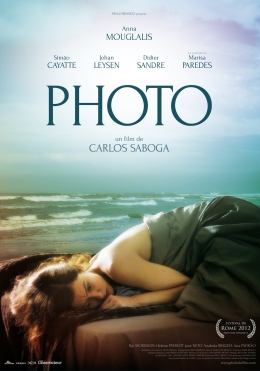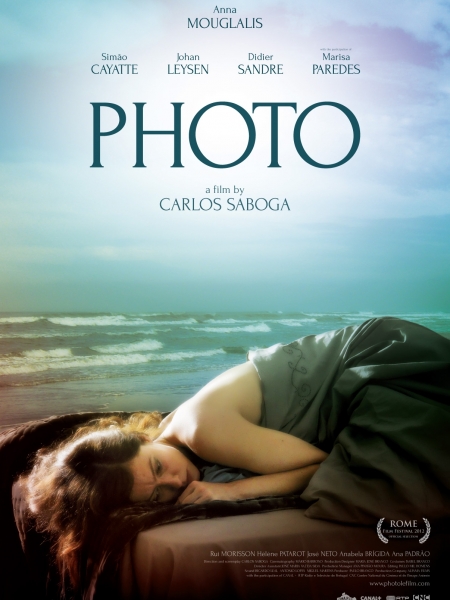This story has been inside me for a long time.
When I started writing, I was inspired by a picture of two men that connected to a very strong political context - that of Portugal in the 1970s. It strongly echoed my personal life and interrogations about that era.
Then I grew attached to another kind of character : those who survive and those who live, carrying the dead inside them. That is why Elisa's story became central. Her resemblance to her mother creates a bridge between two eras, two countries, two "fathers" and two arts (photography and cinema).
This film is about dead people but also about the future, Elisa's future. It ends in a graveyard, but bathed in light, with the sea in the horizon.
The character rather than the plot.
The actor rather than the camera.
The body rather than the psychology.
The photo out of the past rather than the flash-back heading back there.
The voice as much as the face.
The off-screen as much as the set.
The hypothesis that the key in a movie, is what isn’t seen.
Carlos Saboga













